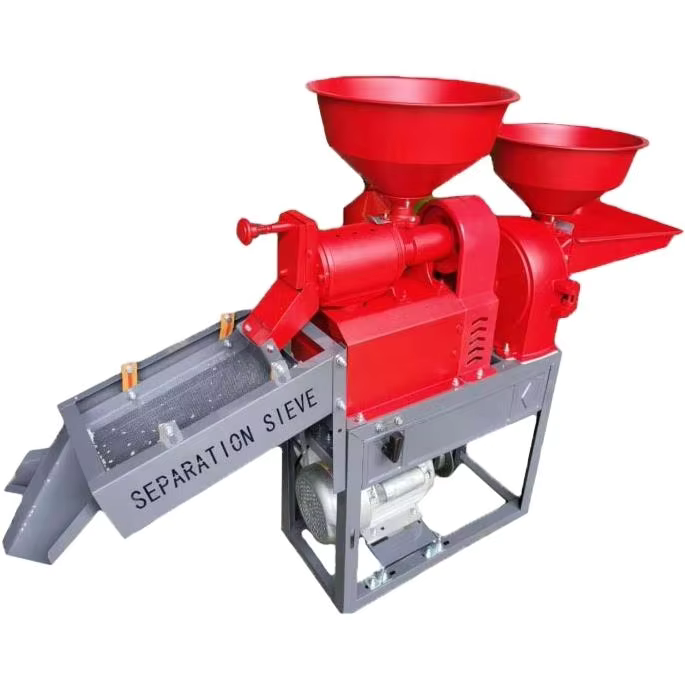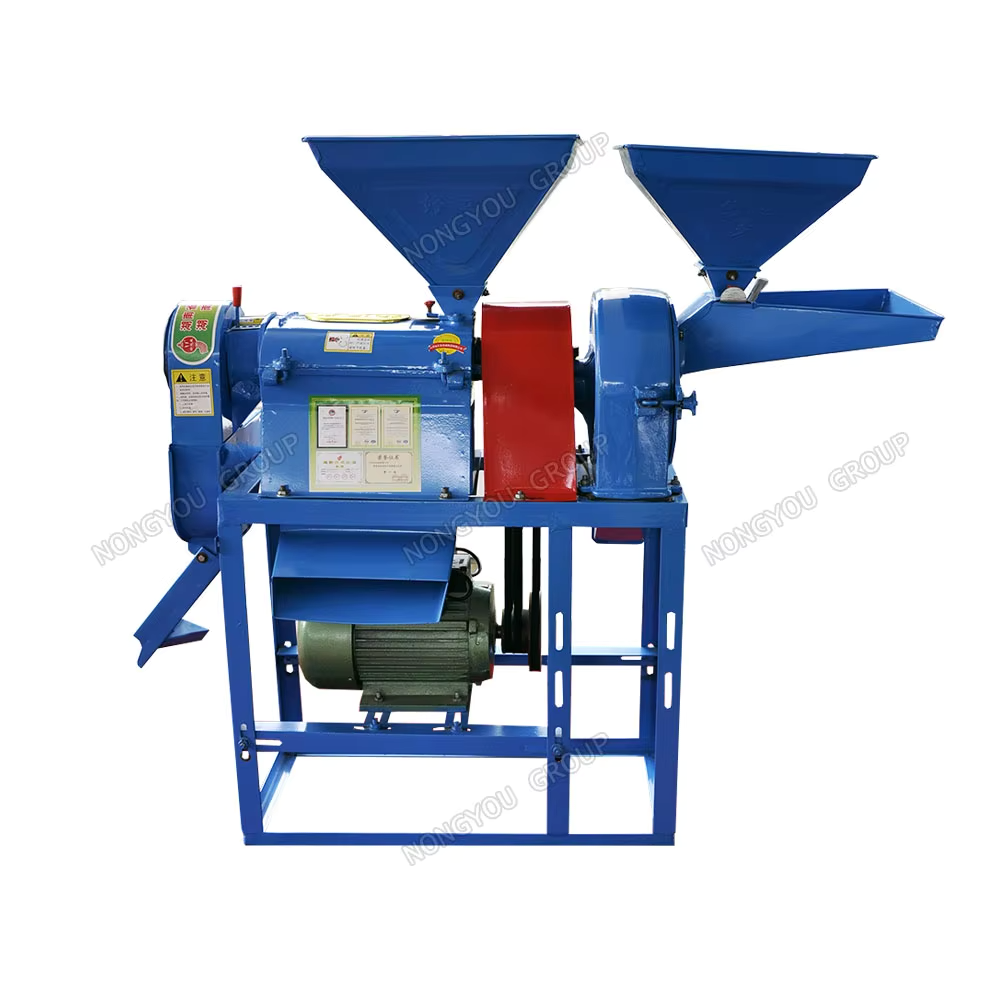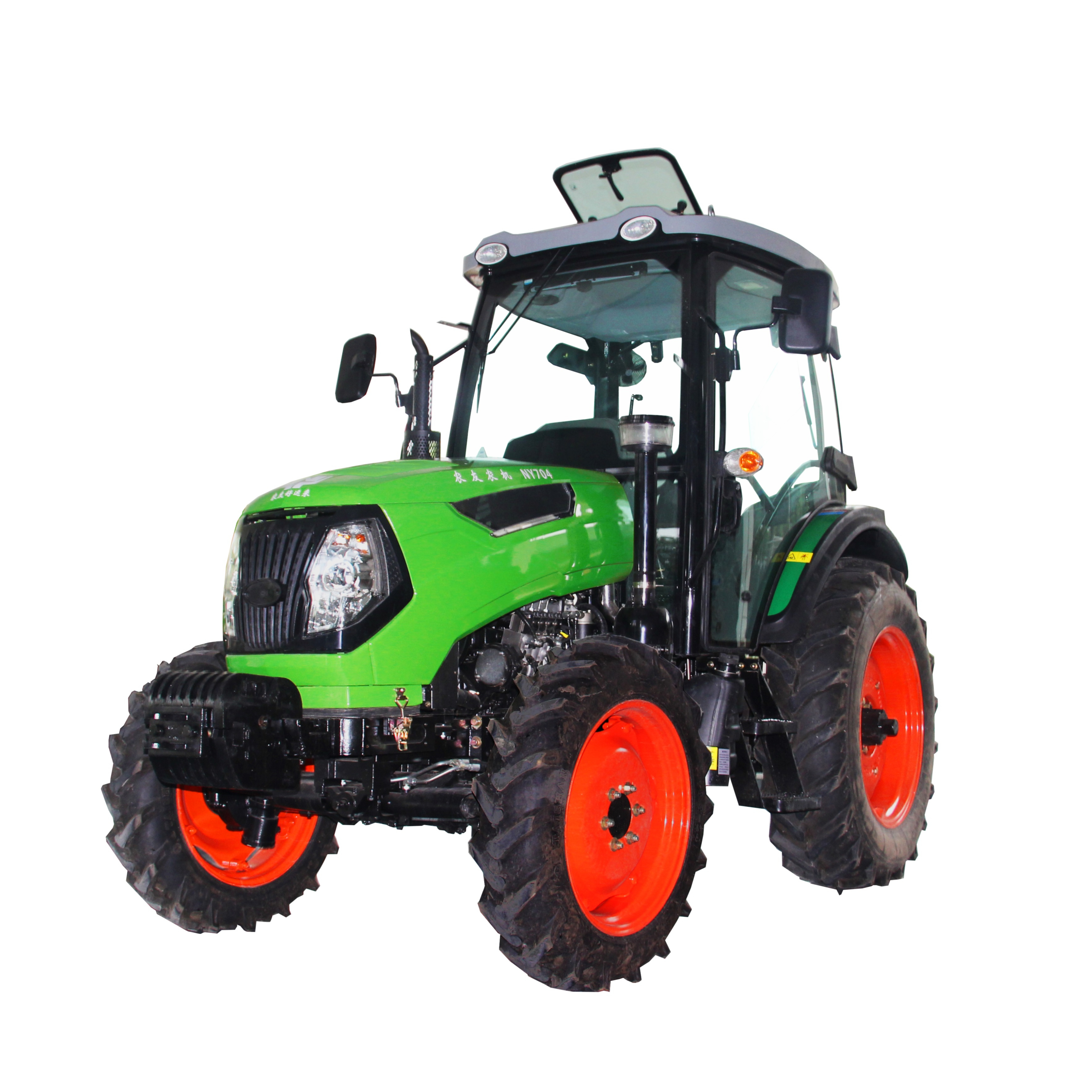paddy rice mill
A paddy rice mill represents a sophisticated piece of agricultural machinery designed to transform raw paddy into consumable rice through a series of precise operations. This advanced processing system integrates multiple stages, including cleaning, dehusking, whitening, and polishing, all working in harmony to deliver high-quality rice products. The mill employs state-of-the-art technology to remove impurities, separate the husk from the grain, and polish the rice to achieve the desired level of whiteness while maintaining optimal nutritional value. Modern paddy rice mills feature automated control systems that monitor and adjust processing parameters in real-time, ensuring consistent quality and reducing waste. The machinery incorporates precision engineering that carefully handles the rice grains to minimize breakage and maximize whole grain yield. These mills can process various rice varieties and accommodate different capacity requirements, from small-scale operations to industrial-level production. The integration of advanced sorting and grading systems ensures that the final product meets stringent quality standards, while efficient dust collection and ventilation systems maintain a clean operating environment.


